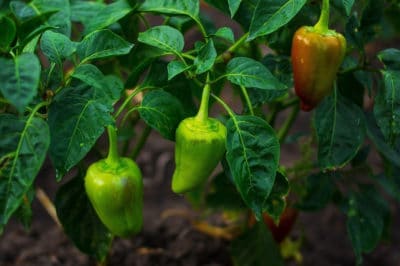Understanding Pepper Nutritional Requirements
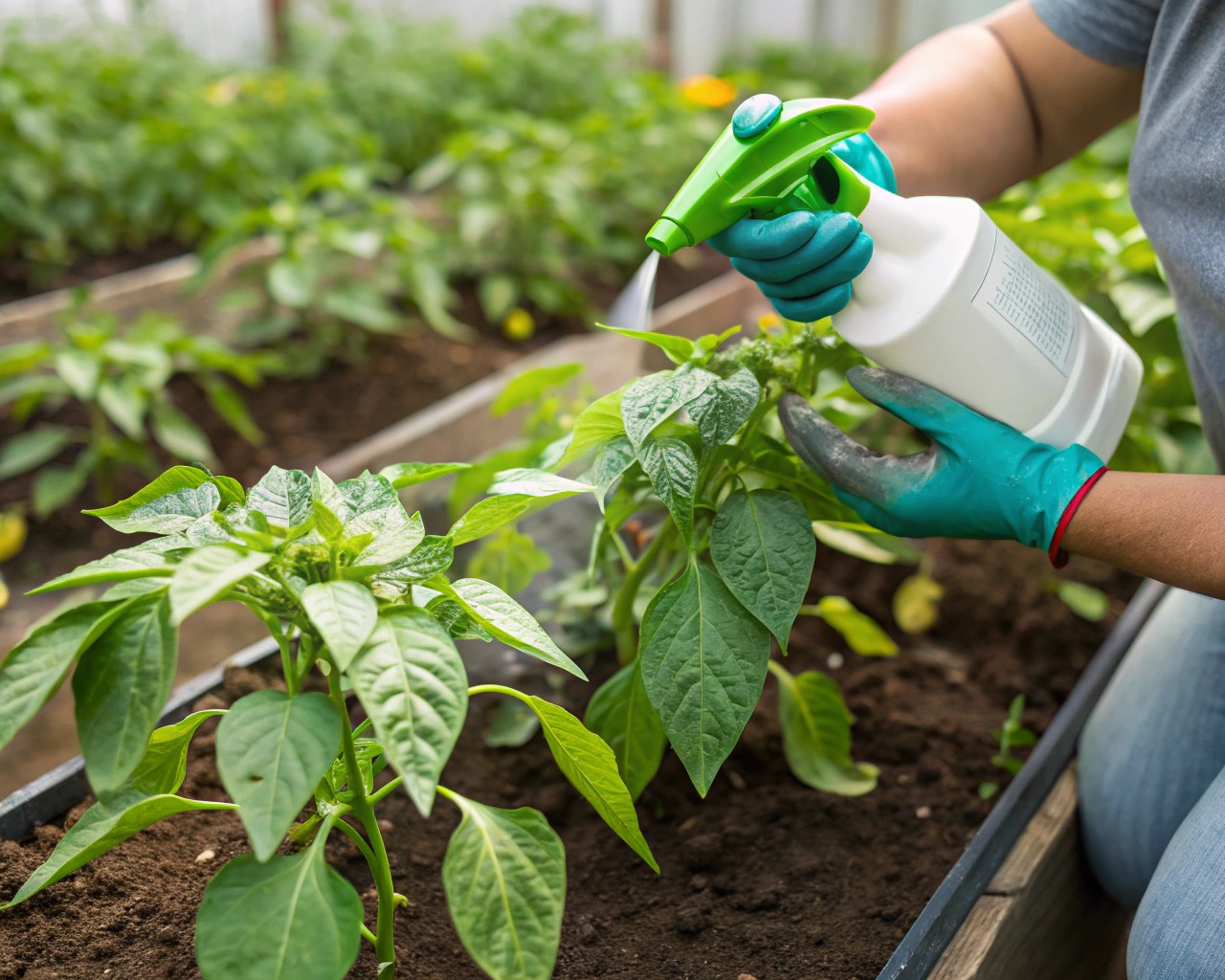
Pepper plants (Capsicum spp.) require a balance of macronutrients—nitrogen (N), phosphorus (P), and potassium (K)—along with key micronutrients like magnesium, calcium, and zinc. These needs shift dramatically throughout their life cycle, requiring gardeners to adapt their fertilization strategies accordingly.
Pepper nutrition begins with understanding how each nutrient functions inside the plant. Nitrogen helps build leafy tissue and enzymes essential for plant metabolism. Phosphorus powers early root development and the formation of flowers and fruit, while potassium plays a leading role in water regulation, sugar transport, and stress tolerance.
Growers must also monitor secondary nutrients like calcium, which strengthens cell walls and prevents disorders like blossom end rot, and magnesium, a vital component of chlorophyll. Even small imbalances in these nutrients can lead to visual symptoms and yield loss.
Micronutrients Matter
Micronutrients, though needed in small amounts, are vital to healthy growth. Iron supports photosynthesis and chlorophyll production, zinc aids hormone balance and leaf formation, and boron plays a role in fruit set and pollen production. Deficiencies in these elements often appear as distorted leaves, stunted growth, or failure to flower.
Tip: A soil test before planting is the best way to understand your pepper bed’s nutritional baseline.
Growth Stage-Specific Nutrient Needs
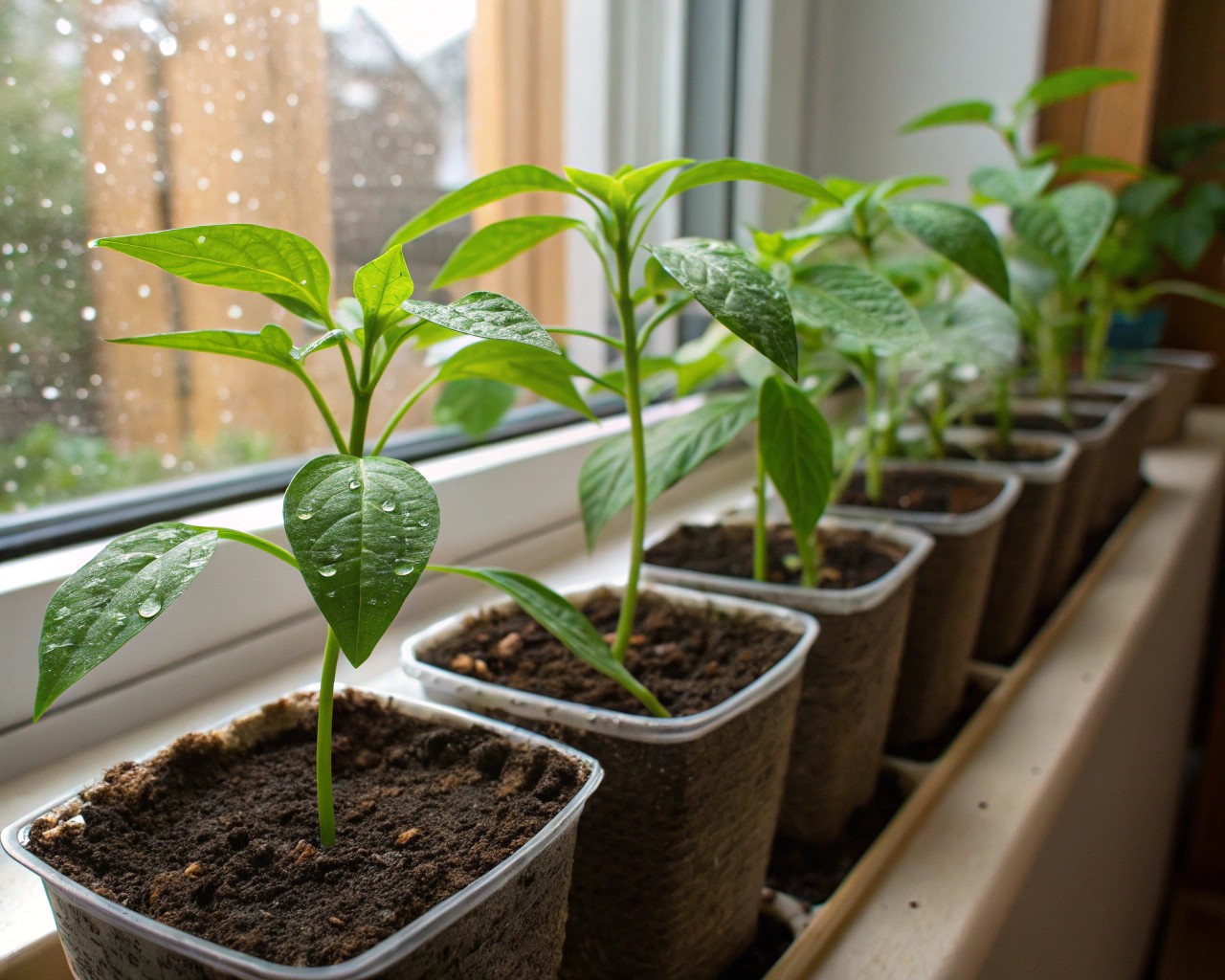
Pepper plants require changing nutrient levels depending on their developmental phase. Here’s how nutrition should be tailored:
| Growth Stage | Primary Nutrients | Fertilizer Example |
|---|---|---|
| Seedling | Low N, moderate P | Starter mix or fish emulsion |
| Vegetative | Balanced NPK (higher N) | 10-10-10, compost tea |
| Flowering | Low N, high P & K | 5-10-10, bone meal |
| Fruiting | High K, moderate P | 5-5-10, potassium sulfate |
Types of Fertilizers for Peppers
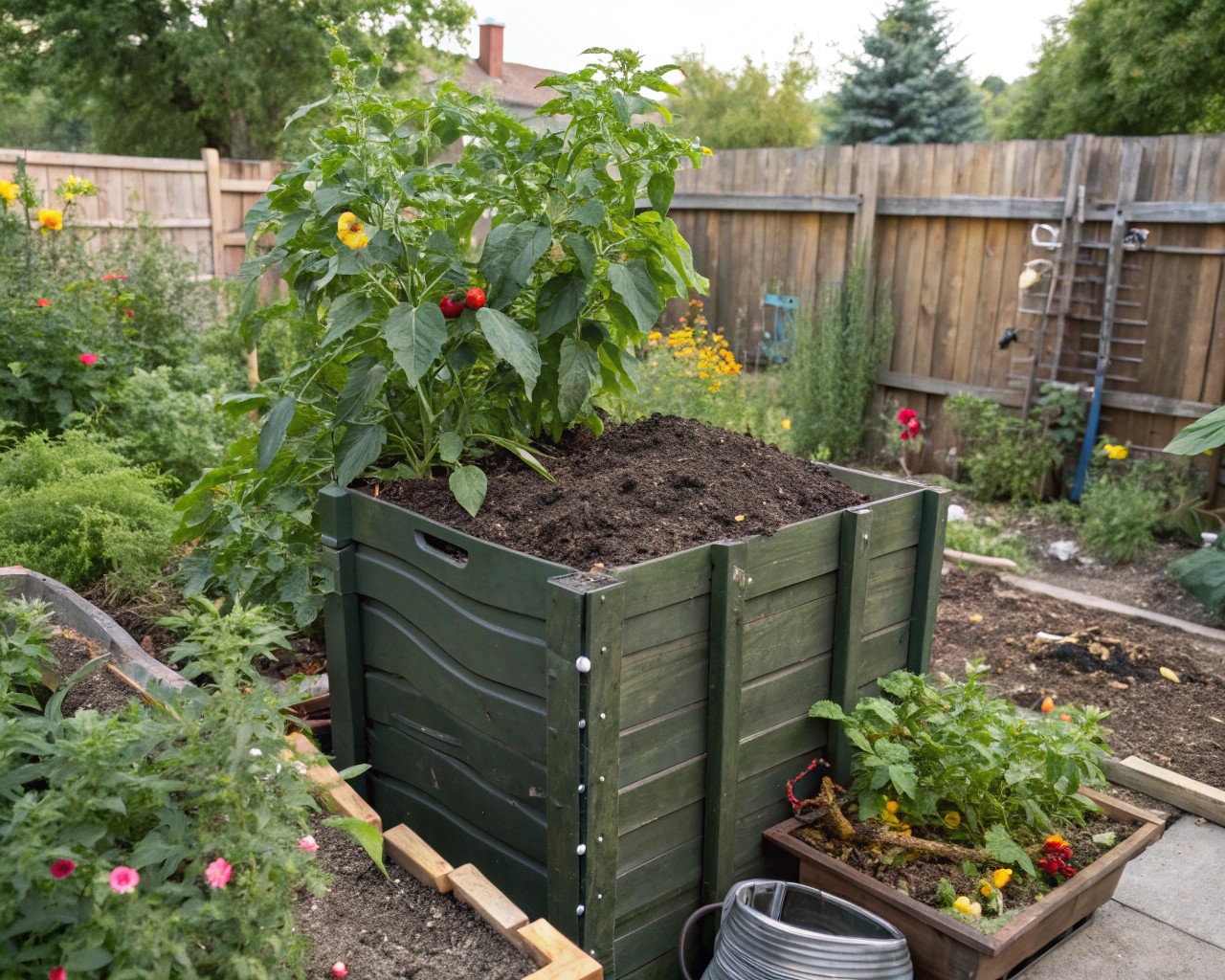
Organic Fertilizers
Organic options improve soil health while feeding your plants. Compost adds slow-release nutrients and beneficial microbes. Fish emulsion is rich in nitrogen and ideal for the early stages. Bone meal supplies long-lasting phosphorus that supports roots and blooms. Manure contributes micronutrients and organic matter, but should be well-aged to avoid burning roots.
Synthetic Fertilizers
Synthetic options offer immediate results and precision dosing. Balanced blends like 10-10-10 support general growth, while 5-10-10 enhances flower and fruit development. Slow-release pellets reduce labor by feeding for months. Liquid fertilizers work quickly and can be adapted for hydroponics or greenhouse fertigation.
Choosing the Right Approach
The choice between organic and synthetic fertilizers often comes down to scale, sustainability goals, and how much control the grower wants. Organic fertilizers improve long-term soil health by supporting microbial life, increasing water retention, and reducing runoff. These benefits make organic practices the preferred approach for sustainable gardening—even if results appear more slowly at first.
Synthetic fertilizers offer quick results and precise formulas, which can be useful in controlled environments or to correct acute deficiencies. However, over time, exclusive reliance on synthetic options can degrade soil structure and lead to nutrient imbalances if not managed carefully.
Tip: When in doubt, prioritize organic inputs, especially for long-term garden health and flavor-rich crops like peppers. Organic fertilizers improve long-term soil health but may work slower. Synthetic ones offer quick results and precise formulas.
Climate Considerations and Regional Adaptation
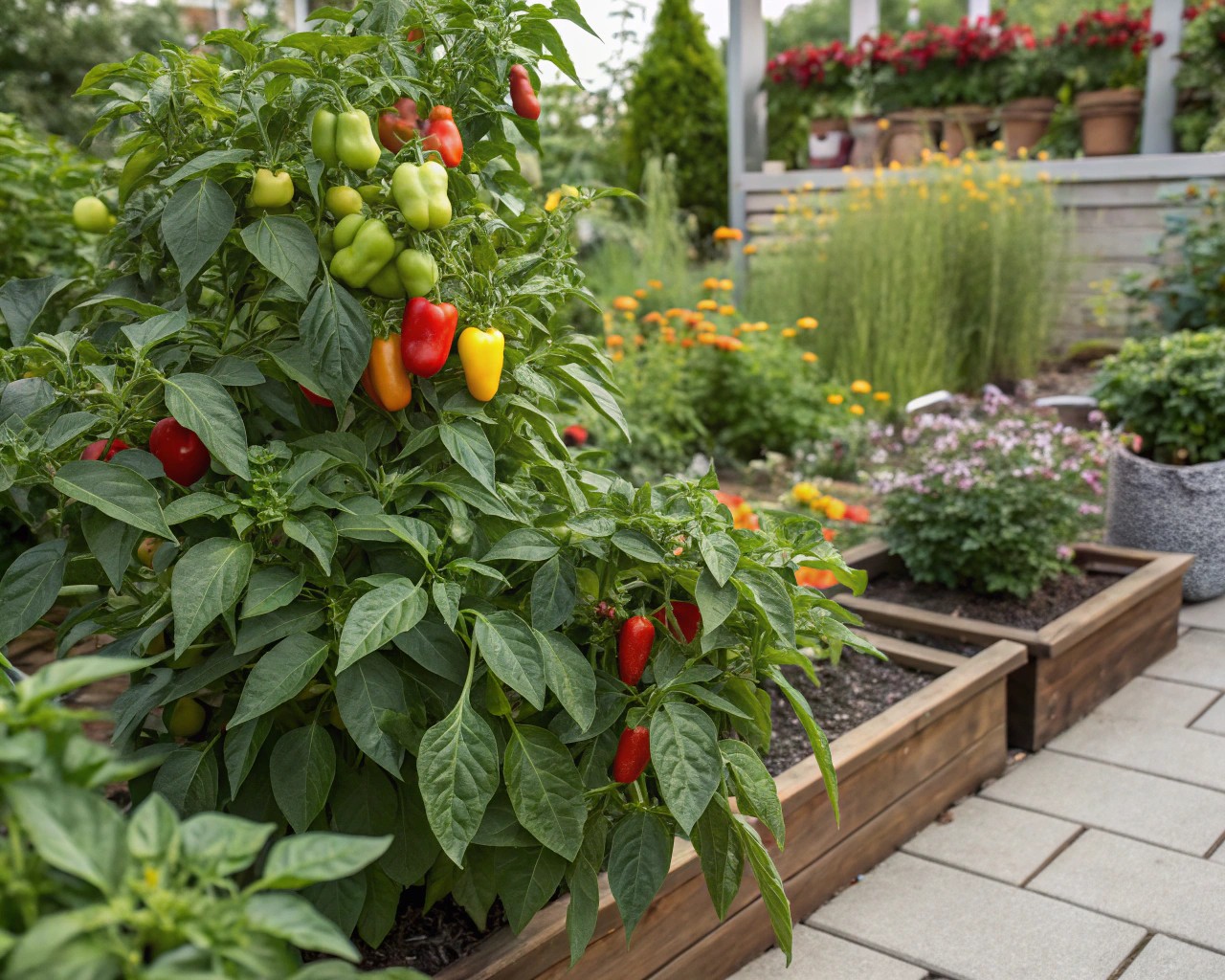
Pepper nutrition must be adapted to local conditions to remain effective:
| Climate Zone | Common Challenges | Nutrition Strategy |
|---|---|---|
| Cold climates | Short season, low soil temps | Use fast-acting, high-P fertilizers early |
| Hot/arid regions | Salt buildup, water stress | Use compost to buffer soil, reduce synthetic use |
| Humid tropics | Leaching, fungal pressure | Frequent light feedings, balanced NPK |
Application Methods: When and How to Feed

Soil Feeding
This method suits in-ground and raised bed gardens. Spread fertilizer evenly around the root zone, 5–10 cm from the stem. Lightly work it into the soil and water thoroughly. Ideal for early and mid-season feedings.
Fertigation
For container growers and greenhouses, drip fertigation delivers nutrients with irrigation. Adjust concentrations based on plant stage and water needs. Ideal for avoiding overfertilization and conserving water.
Foliar Feeding
A helpful supplement, foliar feeding is effective for micronutrient correction. Nutrients like magnesium or iron can be absorbed quickly through leaves. Always apply during cooler times of day.
Tip: Combine foliar calcium with potassium nitrate during fruiting for improved firmness and blossom end rot prevention.
Diagnosing Deficiencies
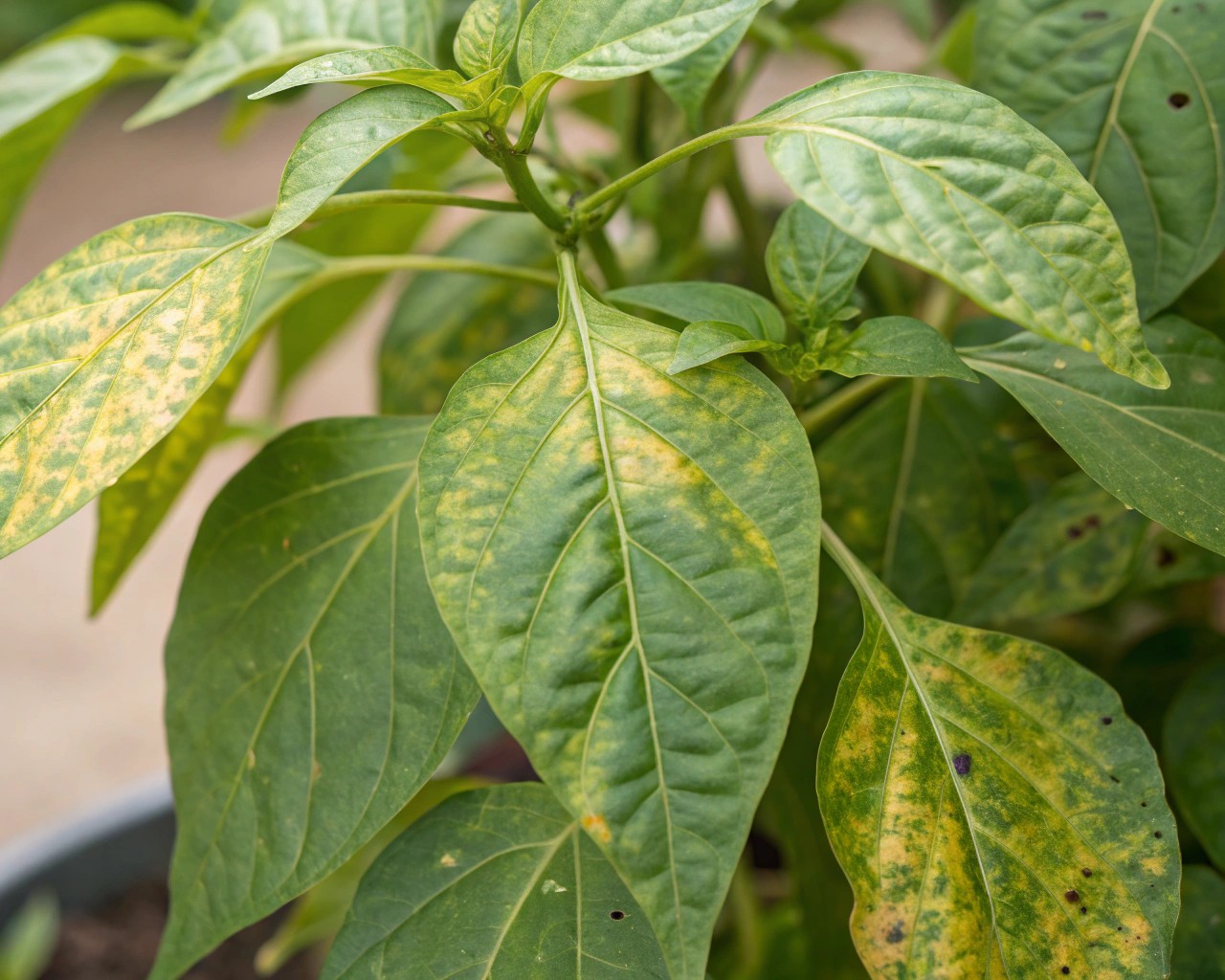
Common Symptoms
- Nitrogen deficiency: Pale yellow leaves, stunted growth.
- Phosphorus deficiency: Purpling of leaf undersides.
- Potassium deficiency: Browning leaf edges, poor fruit set.
- Calcium deficiency: Blossom end rot.
Corrective Measures
Adjusting pH to 6.0–6.8 helps with nutrient availability. Apply foliar sprays as quick fixes, and adjust your base fertilizer program for long-term balance. If symptoms persist, consider a full soil test.
Advanced Tips for Maximum Yield
Mulching and Soil Moisture
Maintaining soil moisture is essential for nutrient uptake. Use organic mulches like straw or shredded leaves to regulate temperature and reduce evaporation. This also improves microbial activity and nutrient availability.
Companion Planting and Intercropping
Planting peppers alongside legumes like bush beans can subtly enhance nitrogen availability in the soil. Basil and marigold, meanwhile, help repel pests while improving pollinator activity around fruiting plants.
Seasonal Adjustments
In cooler months or in shaded areas, consider foliar applications of seaweed extract or kelp, which contain natural growth hormones and trace minerals that can stimulate growth during slower periods.
